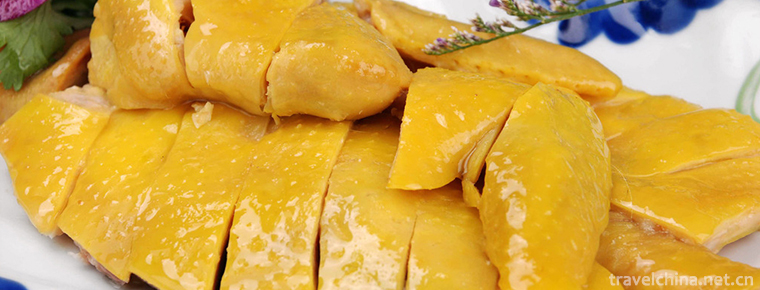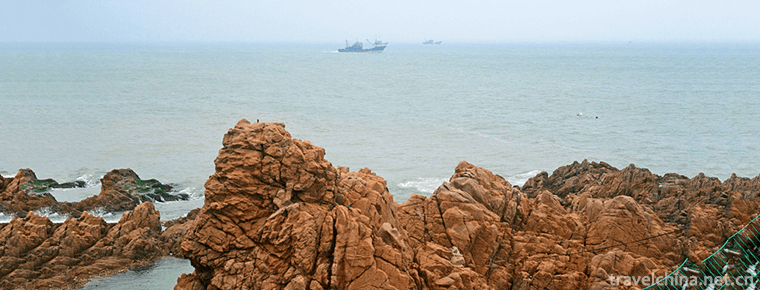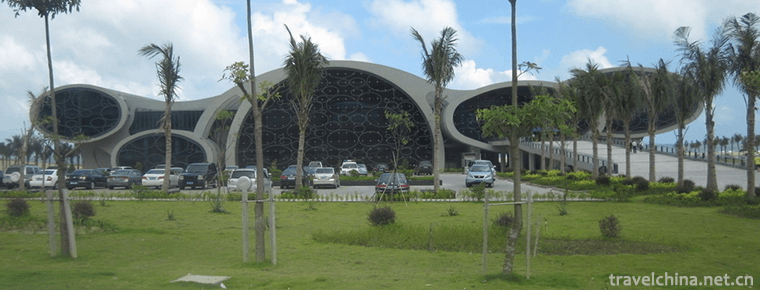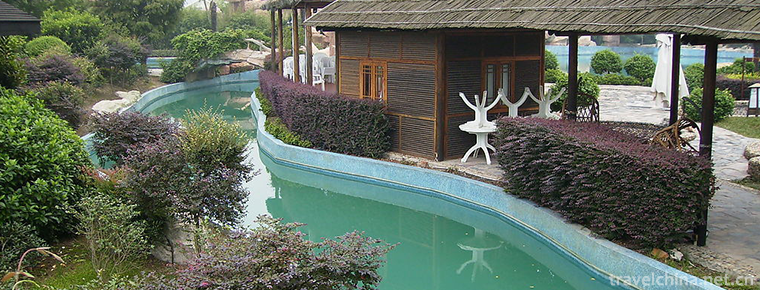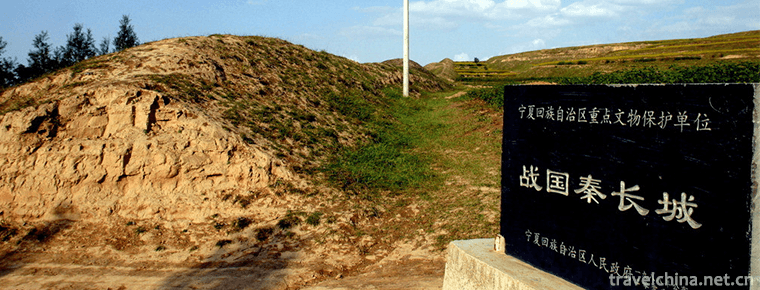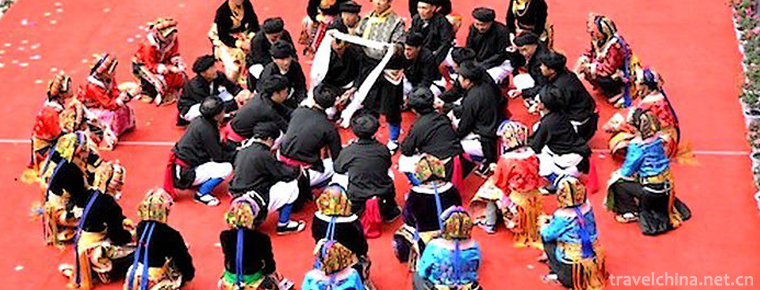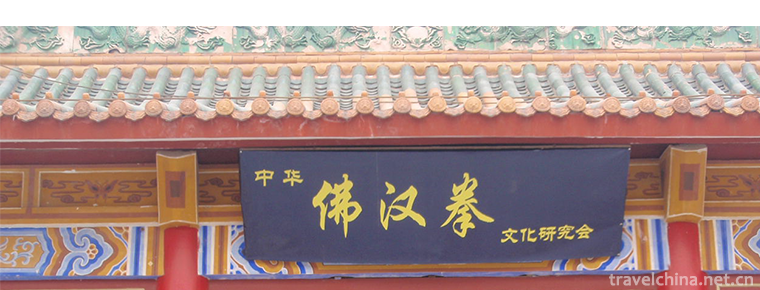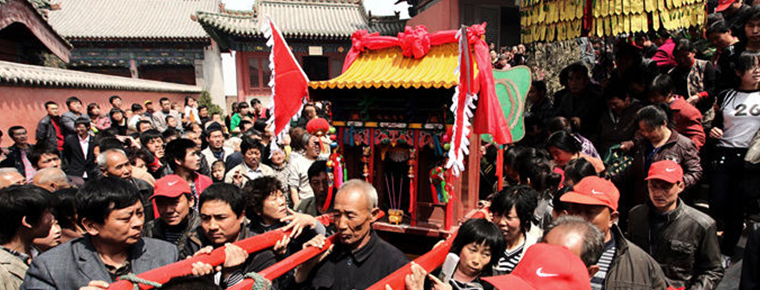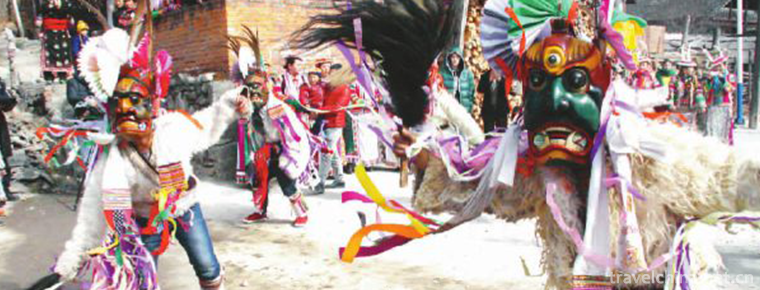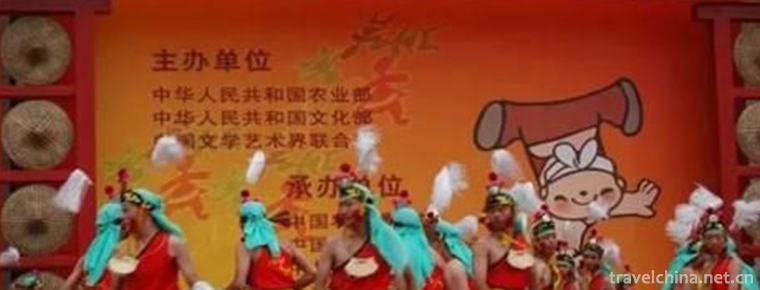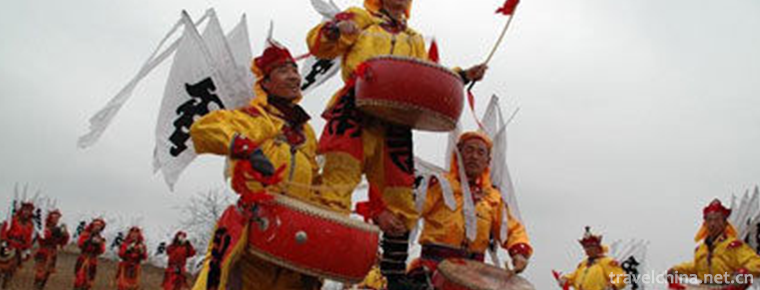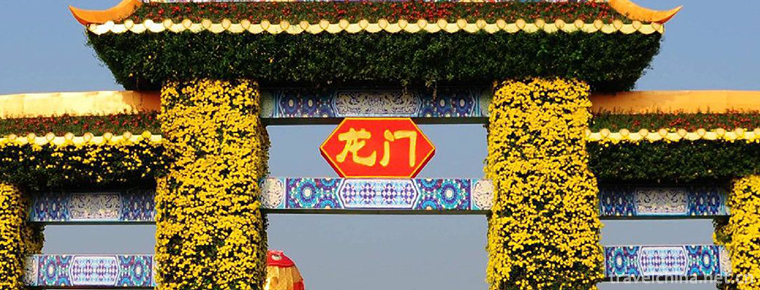Tangjiahe Scenic Area
Tangjiahe Scenic Area
Tangjiahe Scenic Area is located in Qingchuan County, Guangyuan City, Sichuan Province. Subtropical monsoon climate. National AAAA-level tourist attractions. Established in 1978, it covers a total area of 40,000 hectares, including 17,000 hectares of forest. The main purpose is to protect the rare wild animals such as giant pandas, golden monkeys and antelopes.
Development history
The predecessors of Tangjiahe National Nature Reserve are Qingchuan Logging Plant and Qingchuan Forest Management Institute in Mianyang Special Area.
In 1978, the Sichuan Revolutionary Committee reported to the State Council for approval in document No. 256 of Guofa (1978), which was established on the basis of the demolition of the former Mianyang Logging Plant and the Qingchuan County Forest Management Institute. Because of the abundant biodiversity in this area, in order to facilitate conservation and management,
From 1985 to 1986, the provincial finance allocated 1.1 million yuan. Through the efforts of governments at all levels, 301 farmers from 65 outpost villages in the area were moved out of the reserve, and the interference of human activities was controlled, thus creating a good environment for the reproduction and survival of rare wild animals and plants such as giant pandas.
In July 1986, the State Council upgraded it to a national nature reserve with the approval of document Guofa (1986) 75, covering a total area of 419,900 mu.
In December 1991, with the approval of the Sichuan Provincial People's Government, the Tangjiahe National Nature Reserve was co-managed by the original provinces and counties, and the provincial-based management system was changed to be directly managed by the Sichuan Forestry Department. The Forestry Bureau of Guangyuan City and Qingchuan County assisted in the protection and management work. The management organization was renamed "Tangjiahe National Nature Reserve Management Institute of Qingchuan County" as "Tangjiahe River in Sichuan Province". The National Nature Reserve Management Office is a sub-county (department) level institution directly under the Sichuan Forestry Department.
geographical environment
Tangjiahe Nature Reserve is located in Qingchuan County, northwest margin of Sichuan Basin. It is located in the south of Motianling, north of Longmen Shanxi. The whole terrain is slightly inclined northwest to southeast. The terrain is complex, the peaks overlap and the cutting is intense. The north margin of the Tangjiahe Nature Reserve has an elevation of 3000 meters, to the northwest corner of the Great Lawn, an elevation of 3837 meters, and the valley is generally below 1500 meters above sea This area belongs to the subtropical monsoon climate, warm and humid, with more rainfall.
natural resources
Located in the transition zone from the northern end of Hengduan Mountains to the Qinghai-Tibet Plateau, there was no large area of ice sheet formed during Quaternary glaciation, so many ancient species were preserved. According to the survey, there are more than 3100 species of higher plants in the area, including Davidia involucrata, Aquamarine, Liriodendron chinensis, Acer mongolica and Eucommia ulmoides. The vegetation has a typical vertical distribution. There are 310 species of vertebrates, including 25 species of giant panda , golden monkey, antelope, green tail pheasant, blue pheasant, red belly pheasant and giant salamander, which are very precious. The number and species of thrushes living in shrubs are the largest among birds, totaling 17 species.
Giant pandas are abundant and concentrated in the area. They mainly live in coniferous and broad-leaved mixed forests, spanning broad-leaved mixed forests and subalpine coniferous forests from 1700 to 3000 meters above sea level. These zones are rich in bamboo resources. The bamboo blossoms and dies in the 1970s have been renewed to more than 1 meter high, providing rich food and a good living environment for the rare animals such as giant pandas. The Baixiongping Ecological Observatory, the second well-known giant panda field observation station established in the reserve, is located here.
At the same time, this area is also an important transit station for migratory birds migrating from temperate zone to tropical zone, which is rare in China. Therefore, Tangjiahe Nature Reserve has important value of protection, scientific research, education and ecology.
Tangjiahe National Nature Reserve is located in the alpine and deep valley of Minshan Mountains on the margin of the southwestern basin. There are five zones in the area: evergreen broad-leaved forest, mixed evergreen broad-leaved and deciduous broad-leaved forest, mixed coniferous and broad-leaved forest, subalpine coniferous forest, alpine shrub and meadow. There are 2422 species of higher plants, among which there are more than 10 species of precious trees including Davidia involucrata and Liriodendron chinensis, and more than 50 species of valuable traditional Chinese medicines, such as Qianghuo, Gastrodia elata and Fritillaria fritillaris. Flowering plants began to appear in mid-March, and frost stopped at the end of April in low-altitude valleys. From April to May, grass and woody plants grow fast, and the antelope goes down to the valley for food, or gathers in groups in the forest. The golden monkey descended to the birch forest area to feed on its young buds. From June to July, flowers blooming in the valley, butterflies flying, antelopes returning to the primeval forest and alpine meadow, and golden monkeys moving to the high-altitude coniferous forest belt. In August, black bears moved down to the valley to eat fruit. When autumn comes in September, the leaves turn red. After January, the autumn is very strong. In mid-October, the leaves withered and the mountains snowed. In mid-December, with heavy snow and black bears hibernating, giant pandas spent the winter wandering on the slopes to eat frozen bamboo arrows.
Main attractions
Tangjiahe National Nature Reserve is rich in human landscape, there are many pass fortresses, easy to defend and difficult to attack, is the battlefield of warriors of all dynasties. In the Three Kingdoms period, this was the place where Shu troops were fortified, and Deng Ai was "wrapped up in blankets" by Wei to destroy Shu at one stroke. In the Ming Dynasty, Fu Youde, the general of the Ming Dynasty, followed Deng Ai's example. In modern times, the Red Fourth Front Army Xu Qianqian encountered Hu Zong's Southern bloody battle for several days in the area of the Feitianling Mountains, thus opening the way to the north to resist Japan. There are many legends on the ancient road of Yinping, such as Motianling, Beixiongguan, Kongming Stele, writing cliff, grindstone, Hupanshi, Luoyigou, Luoyiqiao, Red Army Bridge and so on.
Folk customs
Qingchuan has been a mixed place of Qiang, Di, Han and Tibet since ancient times. There are Han, Hui and Tibetan nationalities in Qingxi. Folk customs have their own characteristics, such as Gong and drum grass, folk songs, cattle songs, lion dance and dragon lantern. Food culture is very rich. People will never forget the dishes of pickled bean flower rice (tricolor rice), golden wrapped silver (fried rice), corn soup (steamed rice), buckwheat cold powder, miscellaneous noodles, ashes, sweet rice, Qingchuan old rice wine.
There are more Hui ethnic minorities in Qingxi. The main meat of the Hui people is cattle and mutton (not pork), and they have the custom of drinking tea. They are good at raising cattle and sheep. Hui people are very hygienic and clean indoors and outdoors. They often take baths and change clothes to keep their bodies clean. Adult men and women wear white cloth round caps as national symbols. Believing in Islam, there are mosques in Qingxi Town. The production, life, marriage, funeral and other customs of the Hui nationality have distinct national characteristics, and the local deep valleys and rural scenery of small towns constitute a relatively unique Hui customs.
Tourism information
aviation
Guangyuan Airport was put into operation in 2000, and now it has opened routes to Chengdu, Guangzhou, Beijing, Xi'an and other places.
Railway
Guangyuan is an important transportation hub on Baocheng Line. From Chengdu to Guangyuan, K932 or K936 trains can be taken. Xicheng High-speed Railway Station in Guangyuan
Highway
Guangyuan Highway is well developed, with routes to Chengdu, Mianyang, Deyang, Jiangyou and other adjacent cities in the province.
Bus
Guangyuan city has perfect public transport facilities. Buses on all roads connect the city's main commercial centers, stations and scenic spots.
Pictures From:
http://bbs.fengniao.com/forum/10591144.html
http://bbs.fengniao.com/forum/2730998.html
http://bbs.fengniao.com/forum/2530681.html
























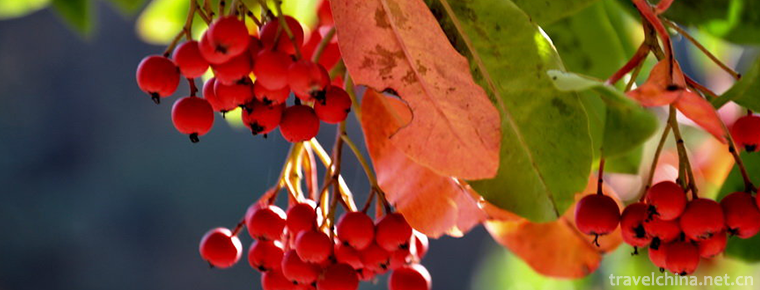
-
White cut chicken
White cut chicken, also known as white cut chicken, is the most common dish in Guangdong cuisine. It is a kind of chicken dipping. Its characteristics are simple and easy to prepare, without batching .
Views: 232 Time 2018-11-02 -
Chengshantou Scenic Spot
Chengshantou Scenic Spot is located at the easternmost end of Chengshan Mountains in Rongcheng City, Shandong Province, so it is named Chengshantou. Chengshantou is 200 meters above sea level.
Views: 187 Time 2019-01-05 -
Guangdong Marine Silk Road Museum
The Guangdong Marine Silk Road Museum is located on the "Shili Silver Beach" of Hailing Island Experimental Development Zone, Yangjiang City, Guangdong Province. The total construction area .
Views: 120 Time 2019-01-13 -
Golden Peacock Hot Spring Resort
Anhui Jinpeacock Hot Spring Resort is a commercial resort hotel which integrates vacation, fitness, leisure, entertainment, catering and accommodation. It covers an area .
Views: 128 Time 2019-01-26 -
The Great Wall Site of Qin Dynasty in Ningxia
The site of the Great Wall of King Zhao of Qin Dynasty was built in the twenty-fifth year of King Zhaoxiang of Qin Dynasty (272 BC). It was built to defend against the invasion of the Huns in the sout.
Views: 120 Time 2019-02-07 -
Bo Ba Shen en
Bobassengen is a unique folk large-scale narrative mass pot village dance created by Ganbao Tibetan Village in Jiarong Tibetan area, Lixian County, Sichuan Province. "Boba" .
Views: 389 Time 2019-04-04 -
Buddha Han boxing
Fohan boxing is also known as Fohan Chuan, commonly known as Buddhist boxing. It is a kind of traditional Chinese martial arts. This boxing originated in Shaolin Temple.
Views: 319 Time 2019-04-29 -
Hongdongs custom of visiting relatives
The custom of walking relatives in Hongdong is a kind of Han traditional folk culture which spreads in Ganting, Wucun, Xincun, Longma and Wanan townships.
Views: 131 Time 2019-05-03 -
Jumping Cao Gai
Caogai jumping is prevalent in Baima Tibetan area of Pingwu and Nanping counties. It is held on the sixth day of the first month of the lunar calendar every year. Cao Gai is a Baima Tibetan phonetic t.
Views: 101 Time 2019-06-21 -
Horse vaulting
Horse vaulting, a traditional sacrificial dance, is popular in Rudong, Jiangsu Province. It is a dance performed in sacrificing the "Dutian King" they believe in. Participants held "hor.
Views: 103 Time 2019-06-21 -
Triple Drum Jump
Dancing three drums is a kind of opera which is popular in counties (cities) such as public security, Shitou, Jiangling and Songzi. It evolved from the funeral board and funeral drum song of sacrifici.
Views: 256 Time 2019-06-21 -
Xiaolan Chrysanthemum Club
Xiaolan Town, located in the middle of the Pearl River Delta, is an important town in Zhongshan City, Guangdong Province. Xiaolan has the reputation of "Chrysanthemum City". Chrysanthemum cu.
Views: 270 Time 2019-07-06
